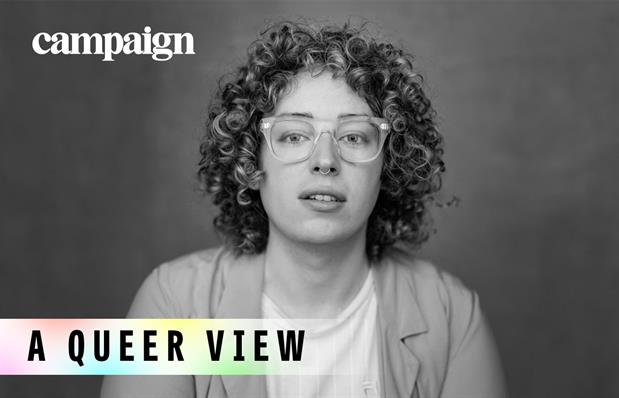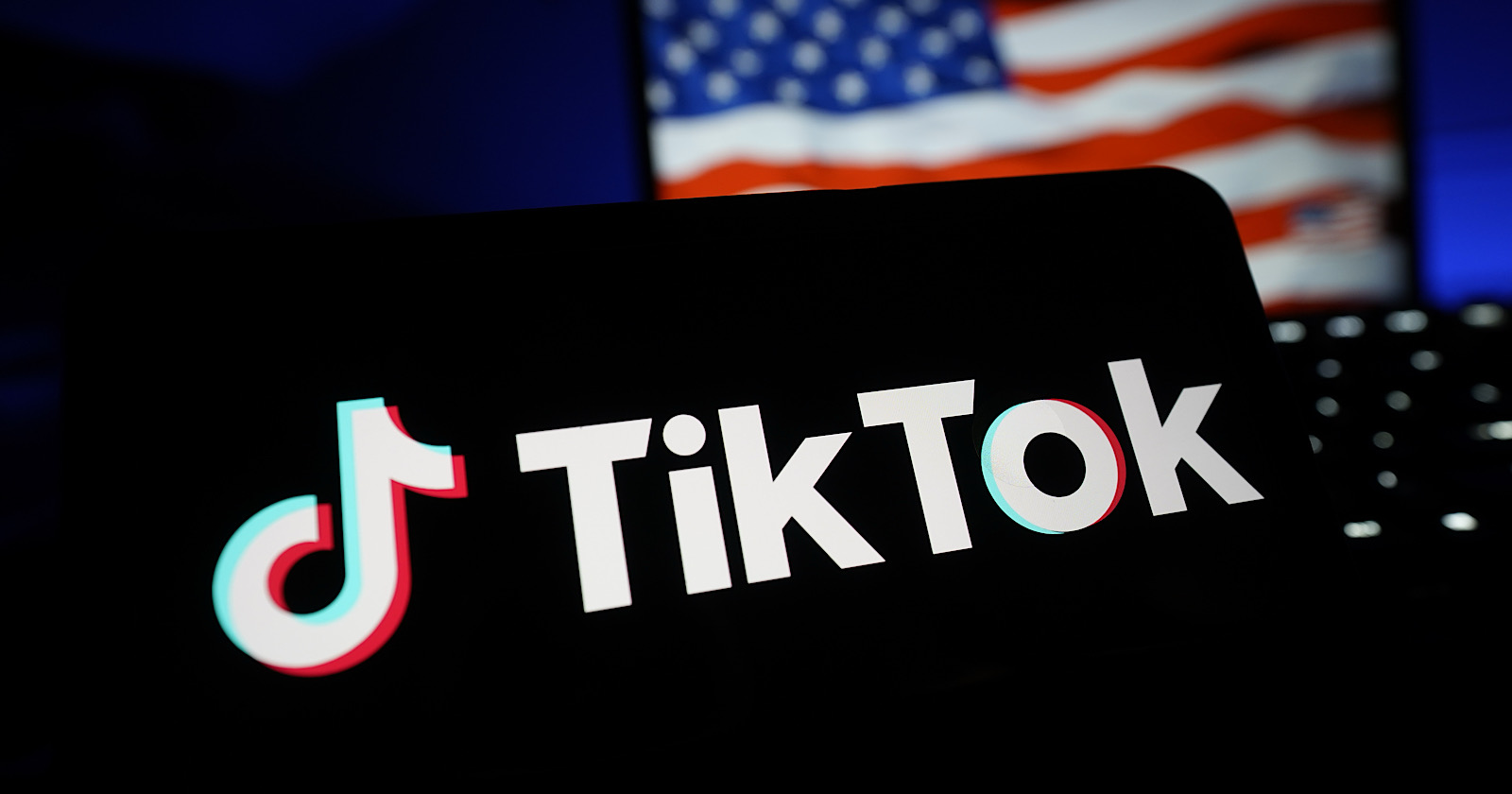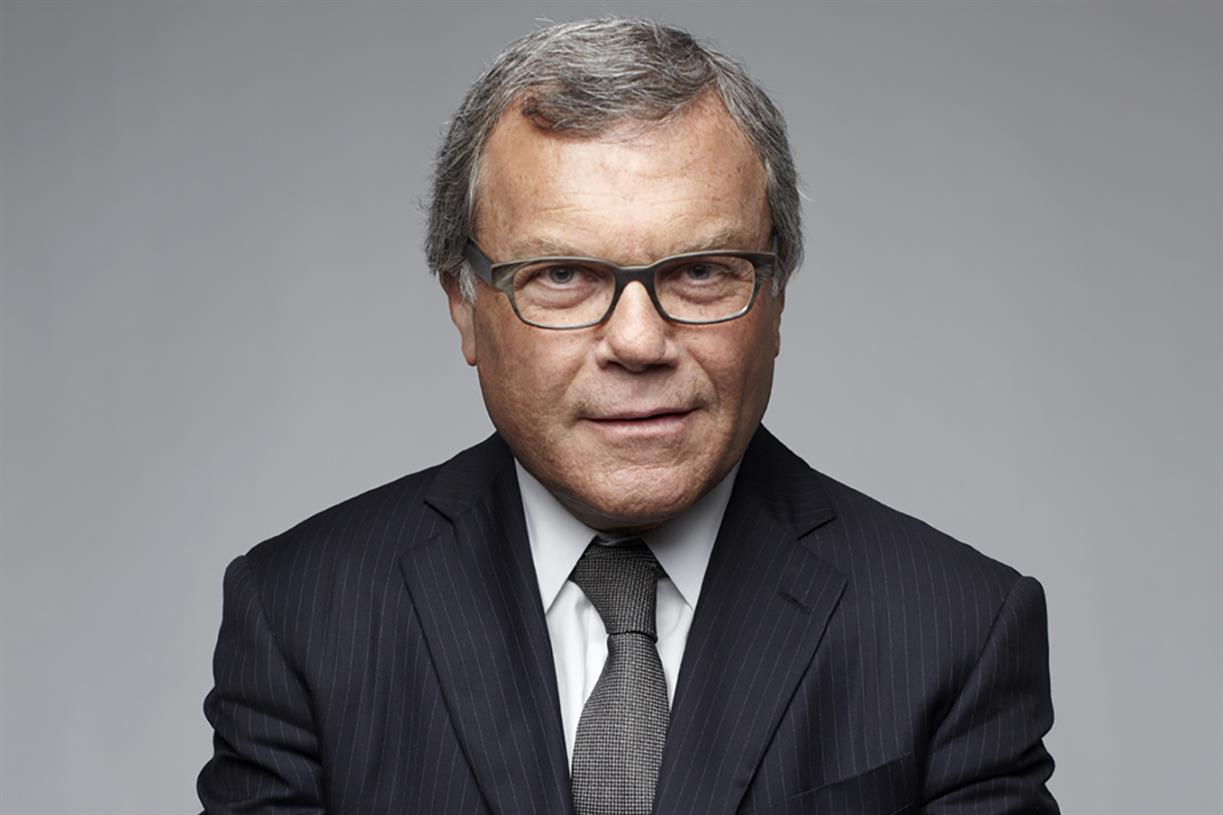Will we see a return to rationality?
New data confirms the commercial case for LGBTQIA+ inclusive portrayals in advertising.

Last year, that Bud Light campaign caused fear to take hold across our industry. That familiar refrain rang out everywhere: "Go woke, go broke."
We lost our heads. Brands pulled their campaigns or ran at the first sign of backlash. And the LGBTQIA+ community was left feeling that brand support was as shallow as an ashtray.
In this column, I've lamented the subsequent queer erasure from creative work and seen just how prevalent this fear has become. Privately, those of us pursuing inclusive marketing recognised that we were on the backfoot and all our hard-won gains were beginning to slip away.
The idea that “woke advertising” had “gone too far” was being painted as a fact when it was anything but. The only way to get back on track would be to re-establish the commercial case. To shift from fictions to facts. To show clearly that inclusive marketing has represented, and always will, a growth opportunity for brands. That "going woke", in fact, gets you growth.
Inclusive advertising leads to sales growth
A new Unstereotype Alliance study makes this commercial case perfectly with evidenced research. It was conducted with leading researchers from Saïd Business School at Oxford University.
The head of the Unstereotype Alliance Secretariat Sara Denby tells me “brands that positively portray a wide range of people in all their diversity, including the LGBTIQ+ community, are setting themselves up for long-lasting success”.
These findings are impressive on a range of fronts. They confirm that inclusive ad campaigns deliver 3.5% higher short-term sales and notably 16% higher long-term sales. We also see these same brands have a 62% higher likelihood of being a consumer’s first choice and benefit from 15% higher consumer loyalty.
Denby says their evidence, based on analysis of 392 brands across 58 countries, reveals an “inarguable commercial case for inclusive advertising that reflects the full tapestry of our communities”. An inarguable case.
Since it was Bud Light’s mishandled collaboration with a trans content creator that caused this backlash, I wanted to understand the impact on sales when a brand centres Trans+ storytelling in 2024.
I believe the only UK TV ad that’s done so this year is from Karo Healthcare with their skincare brand E45. "This is me, this is my space" was backed by more than £1m-worth of commercial advertising airtime across the Channel 4 network when agency T&Pm won the Diversity in Advertising Award for their pitch in 2023. The ad features a montage of Trans+ people in the privacy of their bathrooms, focusing on their personal skincare routines to feel comfortable and confident in their skin.
Karo Healthcare shared its campaign results with me and they’re impressive. E45 experienced a 6.3% increase in brand awareness in the first month after the campaign went live, and the highest level of purchase intent seen all year. In terms of short-term sales, two of their main retailers experienced an uplift of +3.3% and +11.1% while the campaign was live, compared with the previous six-week period, and an uplift of 16.5% and 20.9% compared with the previous year.
Global category director for Skin Health at Karo Healthcare Sally Perry spoke to me about the success of the campaign. She says they didn’t set out to “break a taboo” and instead their starting point was how E45 could “create change” through “accurately representing” a community and sharing “untold stories” and by doing so “proactively educate healthcare professionals in transgender patients’ skin health”.
A particularly impressive element was Karo Skincare’s investment in a systematic review of transitioning skin, which was recently published and presented at the WPATH (World Professional Association for Transgender Health) conference. This is an example of a brand demonstrating genuinely meaningful support for a community.
Plot a logical path through fear
Speaking to Perry about what advice she has for brands wanting to emulate their success, she points to the partners in the work, Channel 4, T&Pm and expert consultants like me, who were brought into the project by The Diversity Standards Collective. She also highlights a “huge amount of consideration and thought” to the approach and “preparation for the potential backlash”. They were very clear on where they stood, with “trans communities’ right to be authentically themselves”.
Unstereotype Alliance has now also published specific guidance to help markets brave such backlash. The guide features a 10-step framework, case studies and expert advice from members of the Unstereotype Alliance, including me.
With these new reports, I'm hopeful we’ll witness a renewed commitment to reason. That we’ll see brand owners work to tackle culturally nuanced stereotypes and, in so doing, boost their sales.
Denby tells me there are “no shortcuts to getting [inclusive advertising] right”. It takes “investing in a diverse workforce, strengthening inclusion capabilities throughout the organisation, creating clear and measurable commitments and investing in cultural fluency and intentional community engagement”.
I ask that you share this inarguable new data up, down and sideways across the industry, and that we now invest in rebuilding inclusive advertising. We cannot let fear kill work that clearly works. Fear and irrationality is so 2023. Rationality is making a comeback.
Marty Davies (she/they) is a cultural strategist, activist and writer. She founded creative strategy consultancy Smarty Pants Consultancy which helps brands to connect meaningfully with queer culture. She also founded Trans+ History Week CIC and co-founded community group Trans+ Adland, which both support the Trans+ community to thrive in the creative industries. In 2024 her column was shortlisted for PPA Columnist of the Year.

 KickT
KickT 







![50 Video Marketing Statistics to Inform Your 2022 Strategy [New Data]](https://blog.hubspot.com/hubfs/marketer-uses-data-to-create-videos%20%281%29.jpg#keepProtocol)


![How to Write a Respectable Resignation Letter [+Samples & Templates]](https://blog.hubspot.com/hubfs/resignation-letter.jpeg#keepProtocol)
![The Top 7 Marketing Challenges Faced Globally in 2022 [HubSpot Data + Expert Tips]](https://blog.hubspot.com/hubfs/marketing%20challenges%20in%202021.jpg#keepProtocol)




















